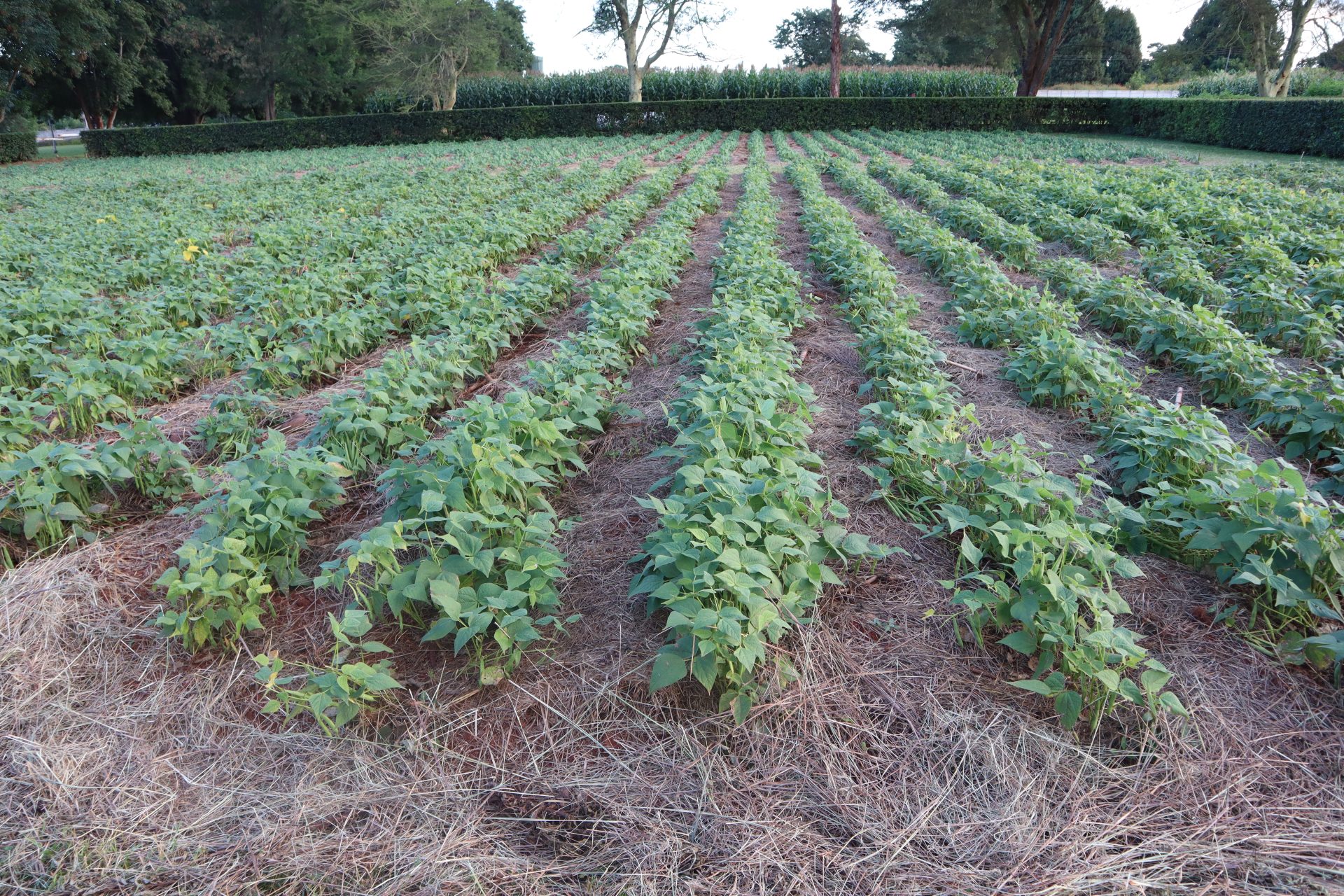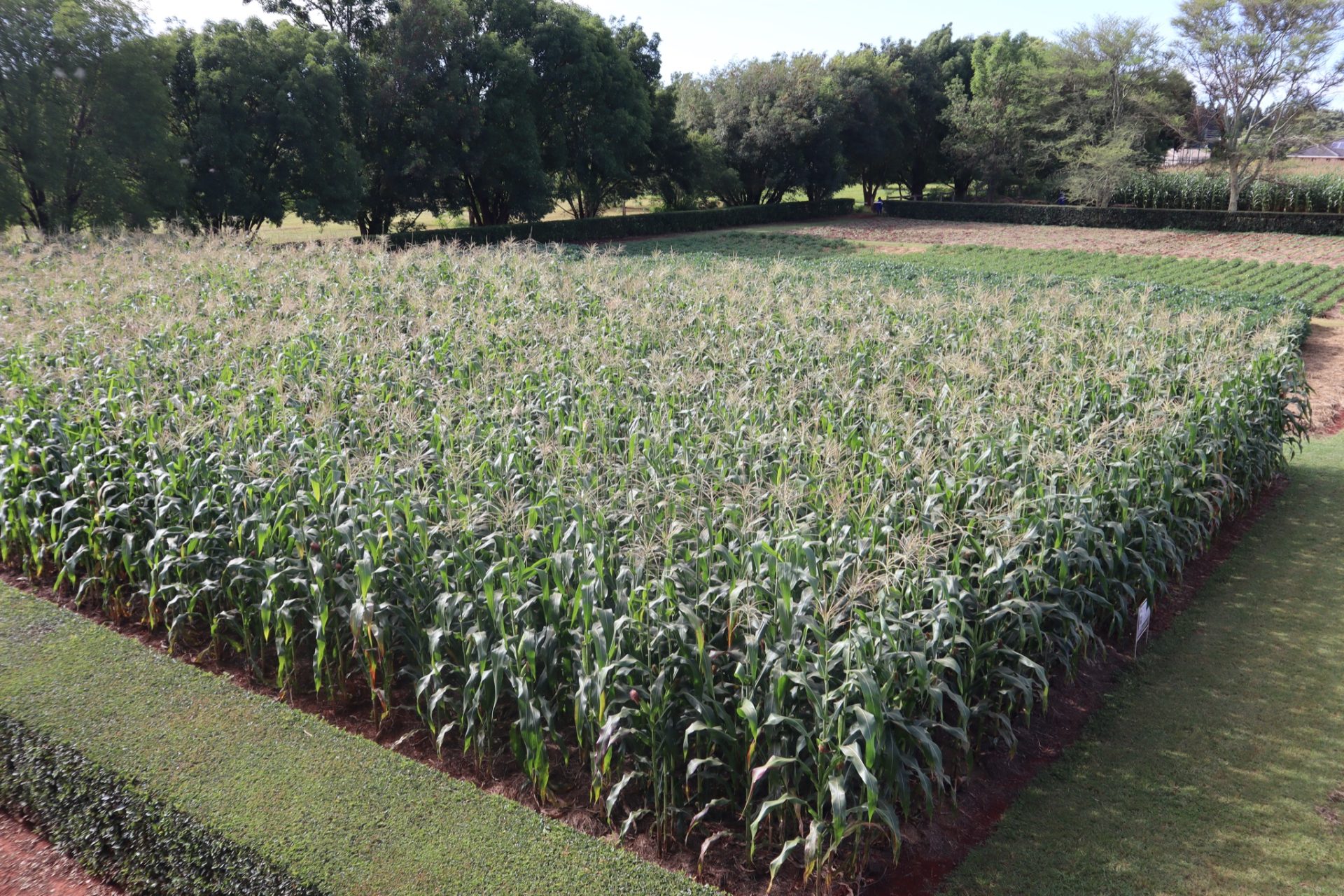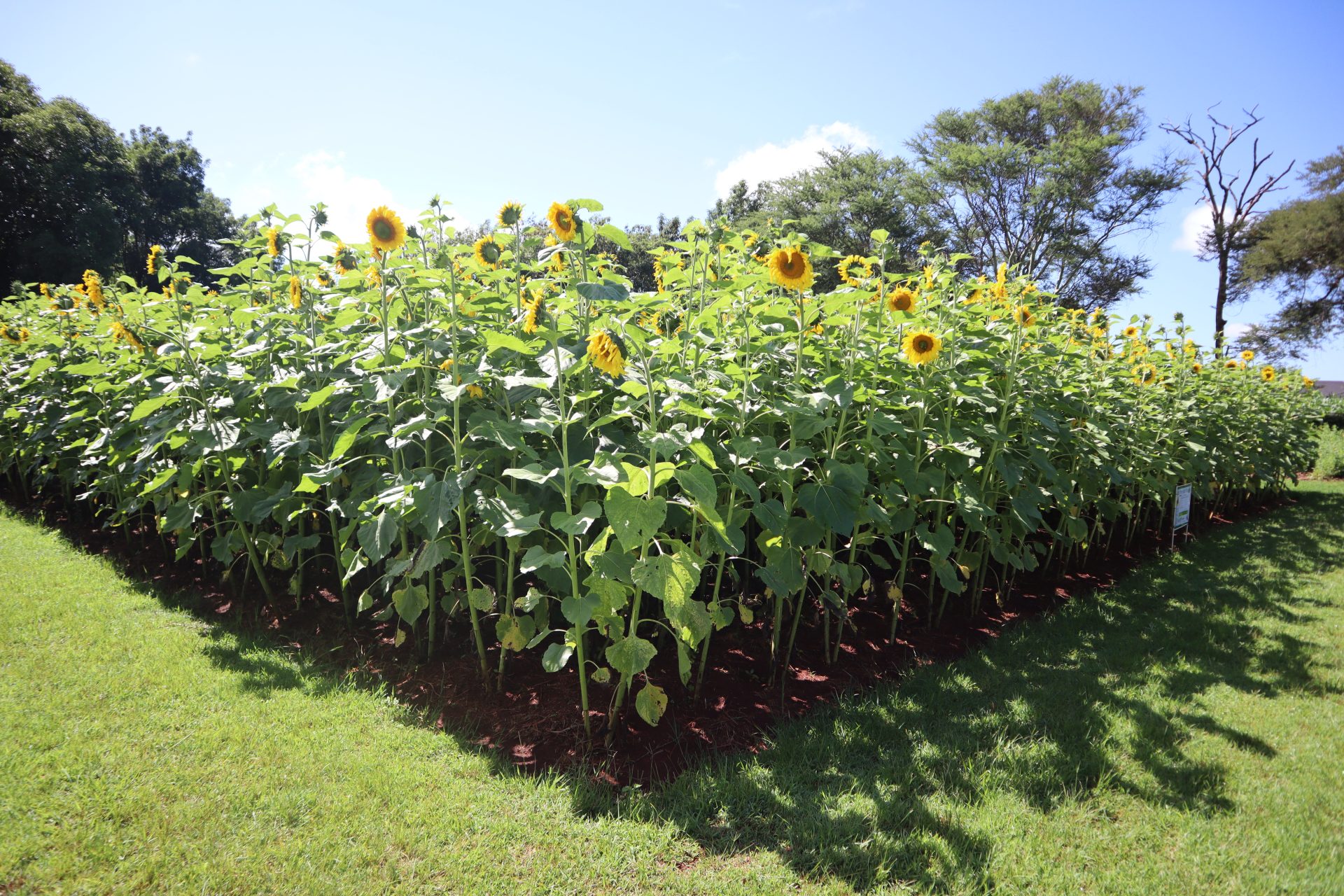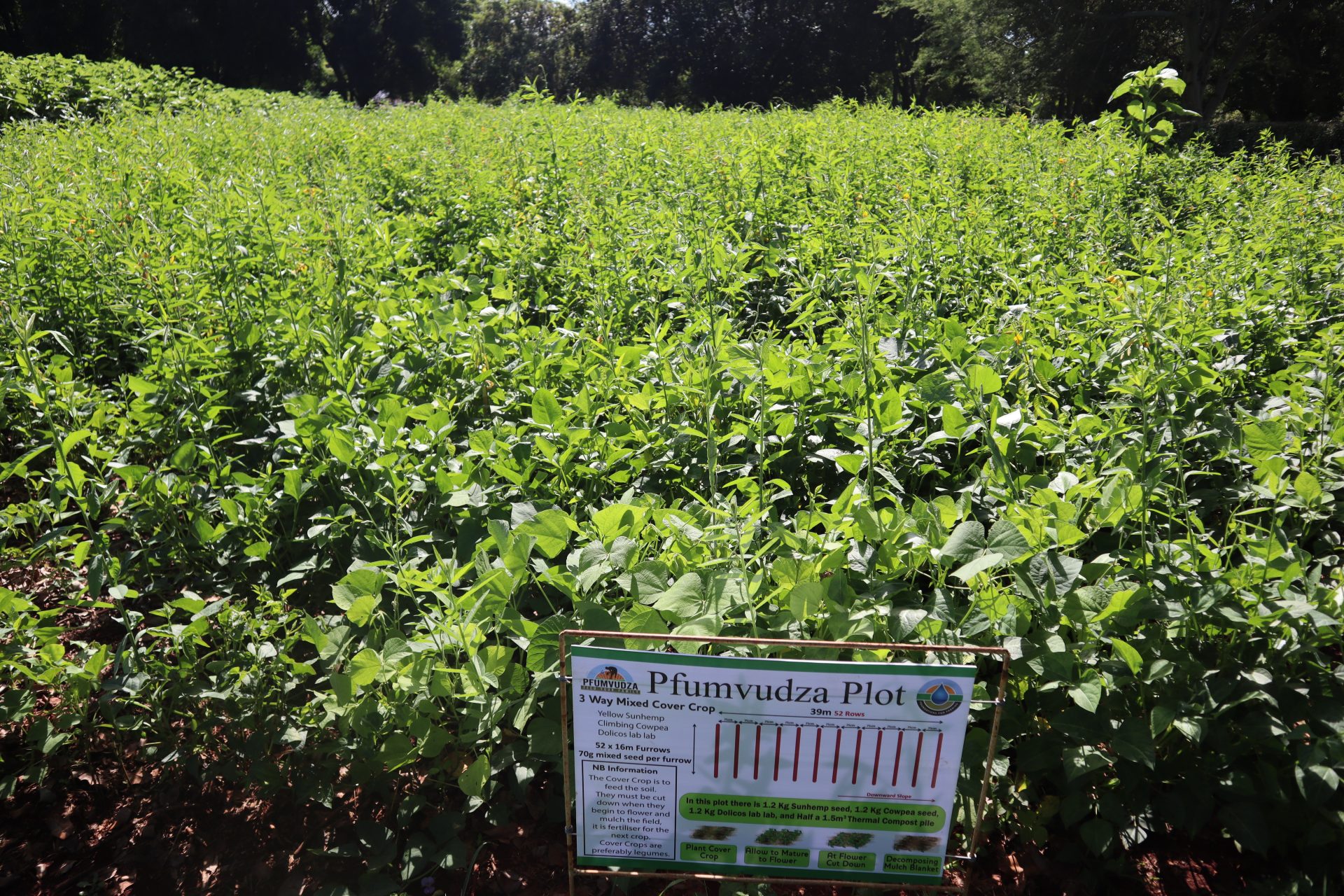God’s Model for Food Security: Feeding a Family God’s Way
Pfumvudza is a simple model from the Lord that provides enough food to feed a family for a whole year — using only a small portion of land and faithful management.
It was first tested with maize, producing a bucket of maize per week for an entire year. Amazingly, when the same size plot was used for other staple crops such as sorghum, sugar beans, sunflower, groundnuts and upland rice, the result was the same — enough to feed a family for the year!
Pfumvudza teaches that a family can be totally food secure by planting one plot for each food group they need — Protein, Starch and Oil. A fourth plot is then used to grow a cover crop that restores fertility and provides mulch for the other three.
The Four Plots for Food Abundance
Protein Plot – Sugar Beans, Soya Beans, Groundnuts or Cowpeas
A Pfumvudza plot of sugar beans will produce at least 7 cups of beans per row — that’s a cup a day for the entire year! These crops add vital protein to the family diet and fix nitrogen in the soil for future crops.

Starch Plot – Maize, Sorghum, Millet or Rice
A single Pfumvudza plot of maize yields about a 20 L bucket of grain per week — enough to meet a family’s staple food needs all year long. Sorghum and millet are great alternatives for drier areas.

Oil Plot – Sunflower
Sunflower is easy to grow and produces healthy cooking oil. Each row gives about 3 kg of seed, enough to press 1 litre of oil per week for the year. The by-product also makes excellent livestock feed.

Mulch & Compost Plot – Cover Crops
The fourth plot is planted with an annual legume such as Sunhemp, Velvet Bean (Mucuna) or Dolicos Lab Lab. These cover crops build soil fertility, add organic matter, and provide the mulch that protects the soil in the other plots.

How the Pfumvudza 4 Model Works
Each family plants four plots per year, each one ¹⁄₁₆ ha in size.
The plots are rotated each season — cover crop to maize, then beans, then sunflower, and back to cover crop. This rotation enriches the soil, controls pests and diseases, and maintains long-term productivity.
To succeed, farmers follow the Foundations for Farming principles:
• Do everything On Time
• At a High Standard
• Without Wastage
• And With Joy
And remember the key conservation practices:
• Minimal soil disturbance – no ploughing, only planting basins
• Maximum soil cover – no burning, always mulch
• Crop rotation – maintain fertility and break pest cycles
• High management – plan, measure, and care faithfully
When these principles are followed, a family becomes self-sufficient in all basic food requirements and less dependent on external inputs.
Example of Expected Yields per Plot

The Pfumvudza Promise
“Copy the way that God farms in nature (Romans 1:20) — do things faithfully, on time, at standard, without wastage and with joy.”
At Foundations for Farming, we believe that a family farming with just a hoe can be the best farmers in the world.
Through simple, God-given principles, Pfumvudza has the power to break the yokes of poverty and dependency and unlock Africa’s potential through faithful stewardship and humility.
Step Into Pfumvudza 4
“The Lord will guide you continually and satisfy your soul in drought.” Isaiah 58:11
Join us as we walk in obedience and wisdom to see every household in Zimbabwe food secure through the Pfumvudza 4 model.
Watch our explainer video on Facebook to see how Pfumvudza 4 works in practice.
Pfumvudza 4
